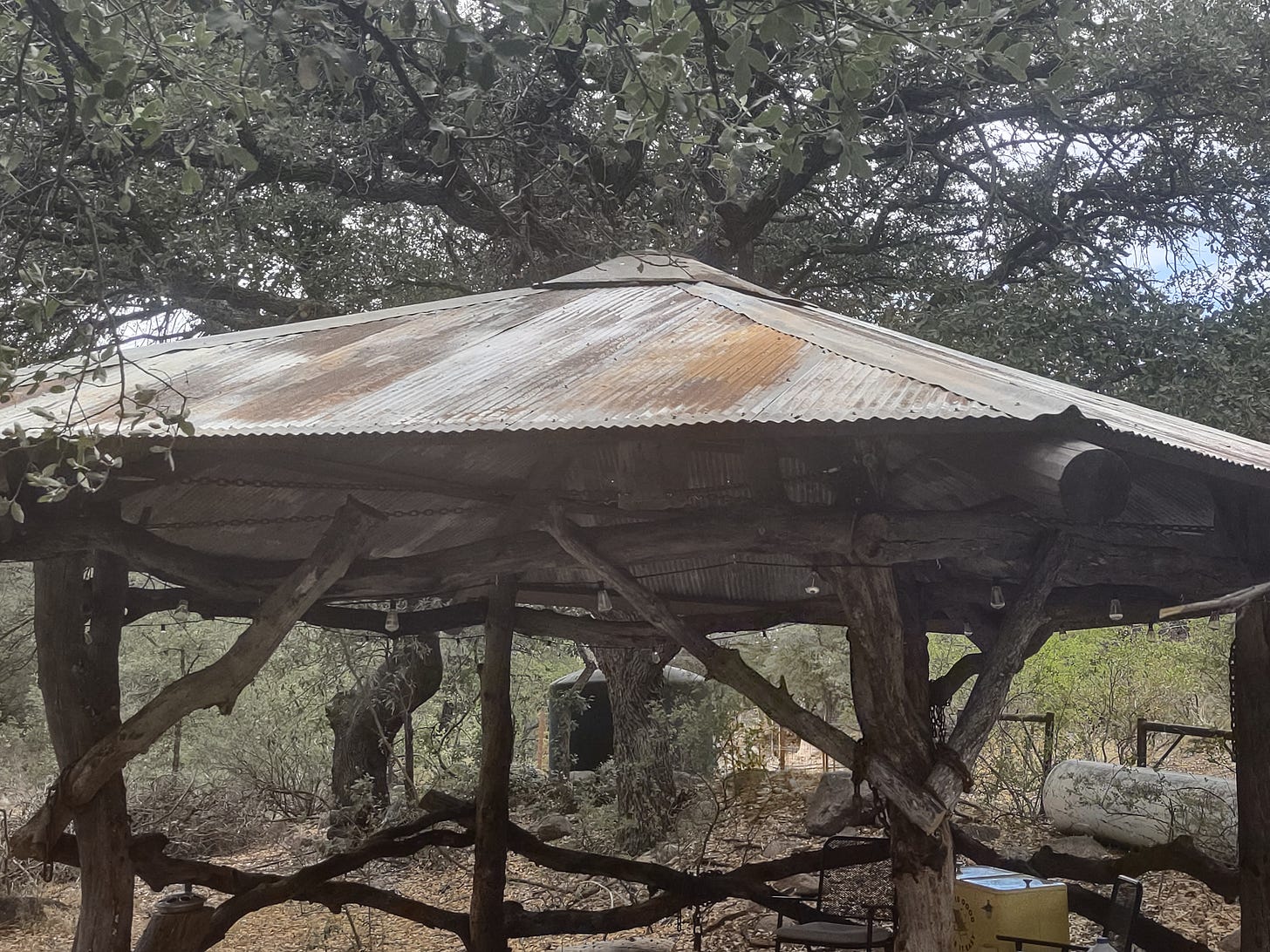
June 24, 2024
San Juan’s Day. El Dia de San Juan, the 24th of June, is the traditional start of the monsoon season. On this day in 1540, according to legend, a thirsty Spanish conquistador named Francisco Vásquez de Coronado prayed to John the Baptist for rain. When the heavens opened, his army was saved, and his soldiers promptly jumped into the flooding rivers in celebration.
Southeast Arizona the past few days has seen downpours measuring in multiples of inches. Dry arroyos gush with brown, foaming runoff. Tucson’s normally sandy Rillito is actually a river. Bank to bank. Desert toads gather in chocolate pools. Spadefoots bleat with what must be the quintessential sound of summer.
But the Mule Mountains, wearing their crumpled khaki, remain dry. Last evening, our first monsoon “storm” brought us .05 inches. Not even enough to wet the dust.
So, I light a candle beneath our statue of Saint Jude, patron saint of hopeless cases, as a substitute for the Baptist on his day. Southern Arizona and Mexico have honored the 24th—which falls near the summer solstice—with processions and ritual baths, blessings of soil and seeds and crops. At Mission Garden near the birthplace of Tucson, processioners carry a statue of the Baptist and kick off the monsoon season with food and dancing and art. Tucsonans say if it doesn’t rain by San Juan’s Day it won’t for six more weeks. Six more weeks under hard blue skies where red-lipped saguaro fruit color the 110-degree heat.
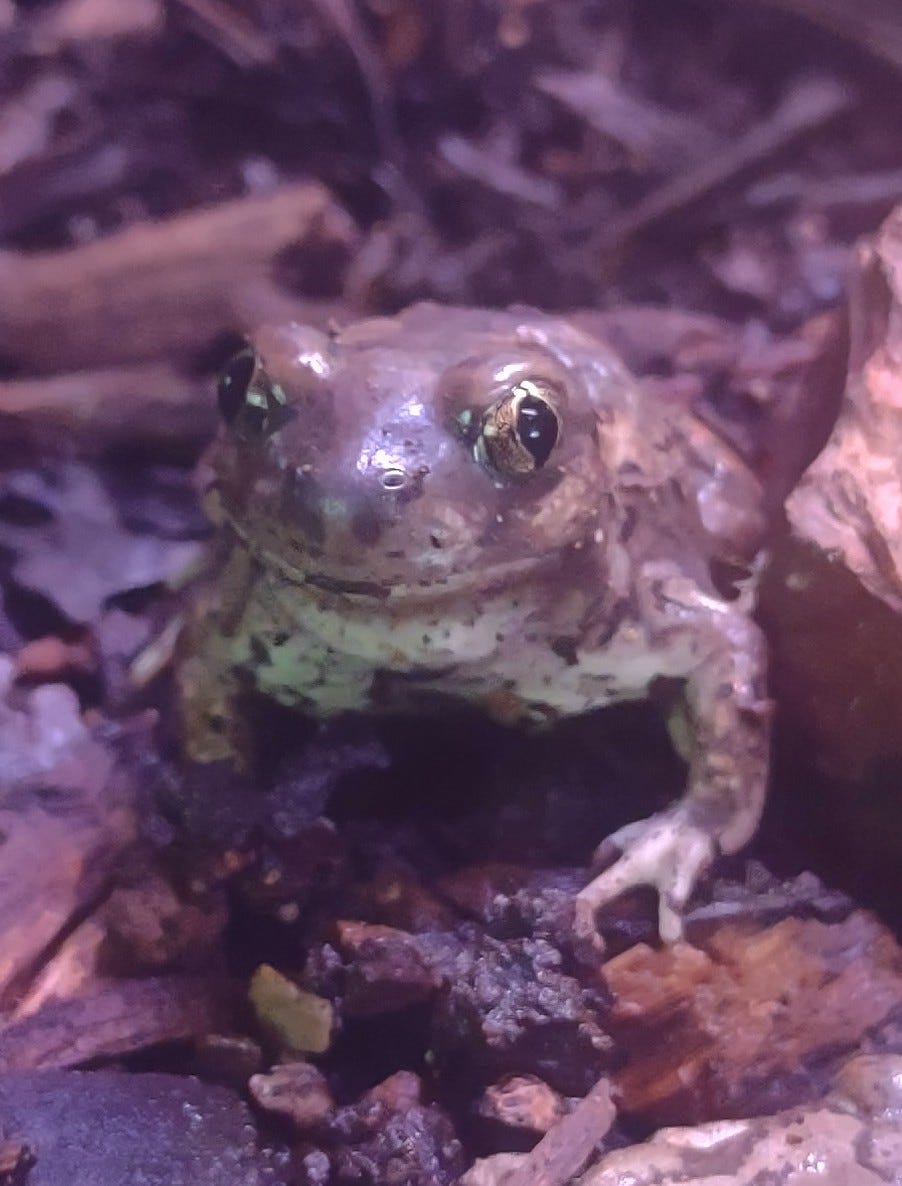
This morning, the sky is overcast and I feel the heaviness in the air sliding in from the Gulf of Mexico. A family of six bridled titmice chatter in the apple tree, the young ones fluttering wings for parental attention, which comes with beakfulls of suet. The brown-crested flycatchers deliver winged morsels to their own brood in the nestbox they’ve used now for three seasons. And, the first wild turkey chicks of summer shadow their mother at the water trough.
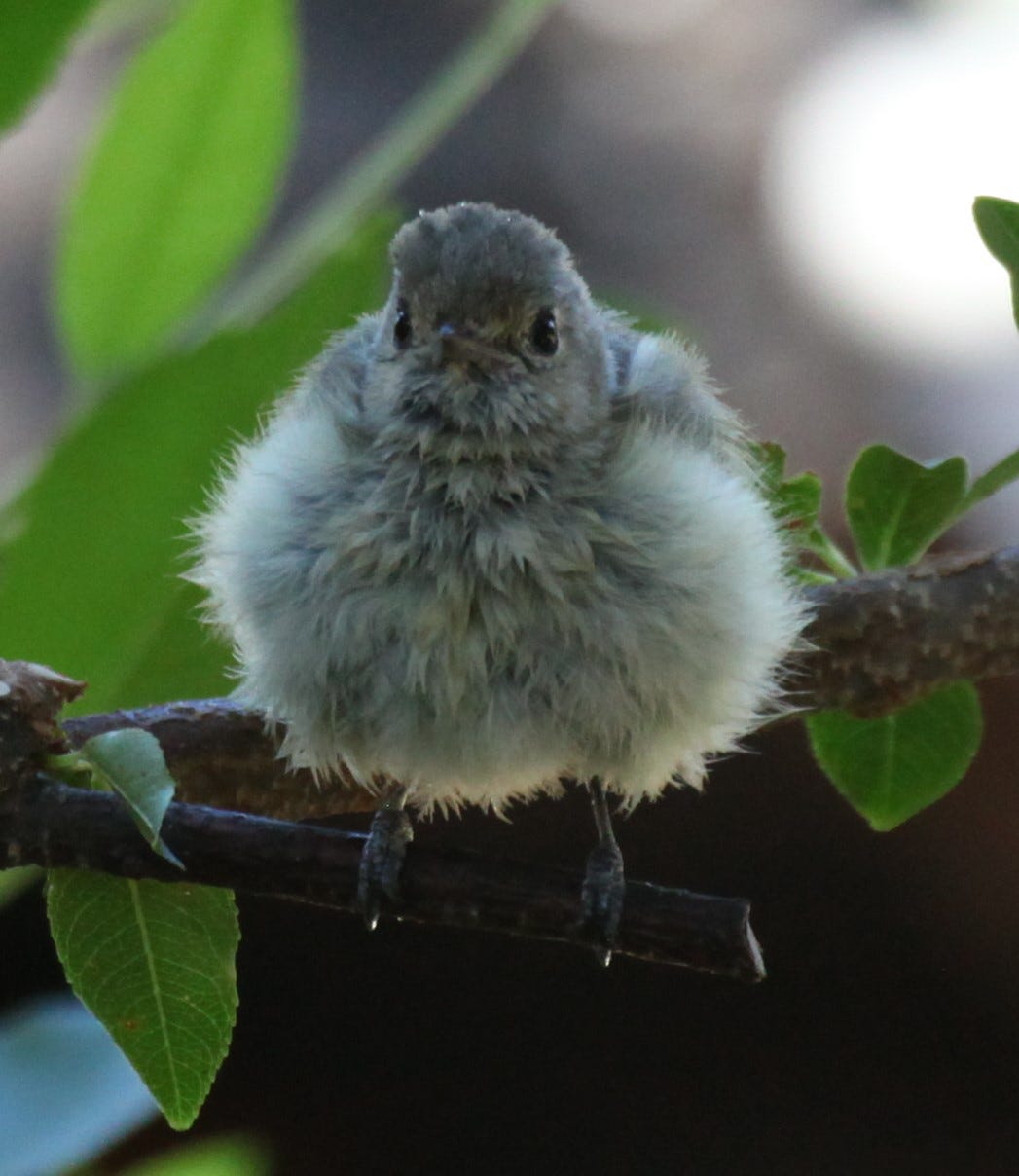
Taking no account of Saint John the Baptist, for the past fifteen years the National Weather Service has calendared the start of the monsoon season on June 15. Previously, the NWS marked the date as the first of three consecutive days when the average dew point reached 54 degrees or above. This at least had the possibility of falling on the 24th. Now, we can have a monsoon season without a single thunderstorm, if we should be so unfortunate. Today is day nine of the “official” monsoon season, which “officially” lasts until September 30.
These localized, sometimes violent thunderstorms are better described as chubascos, Spanish for “squall,” rather than “monsoon.” Technically speaking, a monsoon—from the Arabic word mausim meaning “season”—is not a thunderstorm but a seasonal shift of wind; for us, one that arises from the Gulf of Mexico and the Gulf of California. As the desert heats up in the early summer, the rising continental air mass creates a thermal low that draws in oceanic air laden with moisture. The usual westerlies dip south and circulate into our region as southeasterly winds—a pattern that once had meteorologists thinking our monsoons came only from the Gulf of Mexico.
Now things get interesting. Columns of rising hot air, miles wide, penetrate the upper layers of cool, wet air, boiling over and into brilliant thunderheads that corkscrew upward tens of thousands of feet. These generate raging snowstorms high above the bone-dry landscape. Updrafts accompany terrific downdrafts. Dust billows, sometimes lifting into 100-mile-wide, apocalyptic storms called haboobs. Lightning flares. If we’re lucky, rain pummels the ground. If not, hope evaporates, the thunderheads trailing wildfire and dust beneath purple rags of virga like so many dried-up promises.
If Saint John hears my prayers, our monsoon wind carries a season of chubascos to the Mules.
If not, I order another water truck.
I hear thunder…so much more to come.



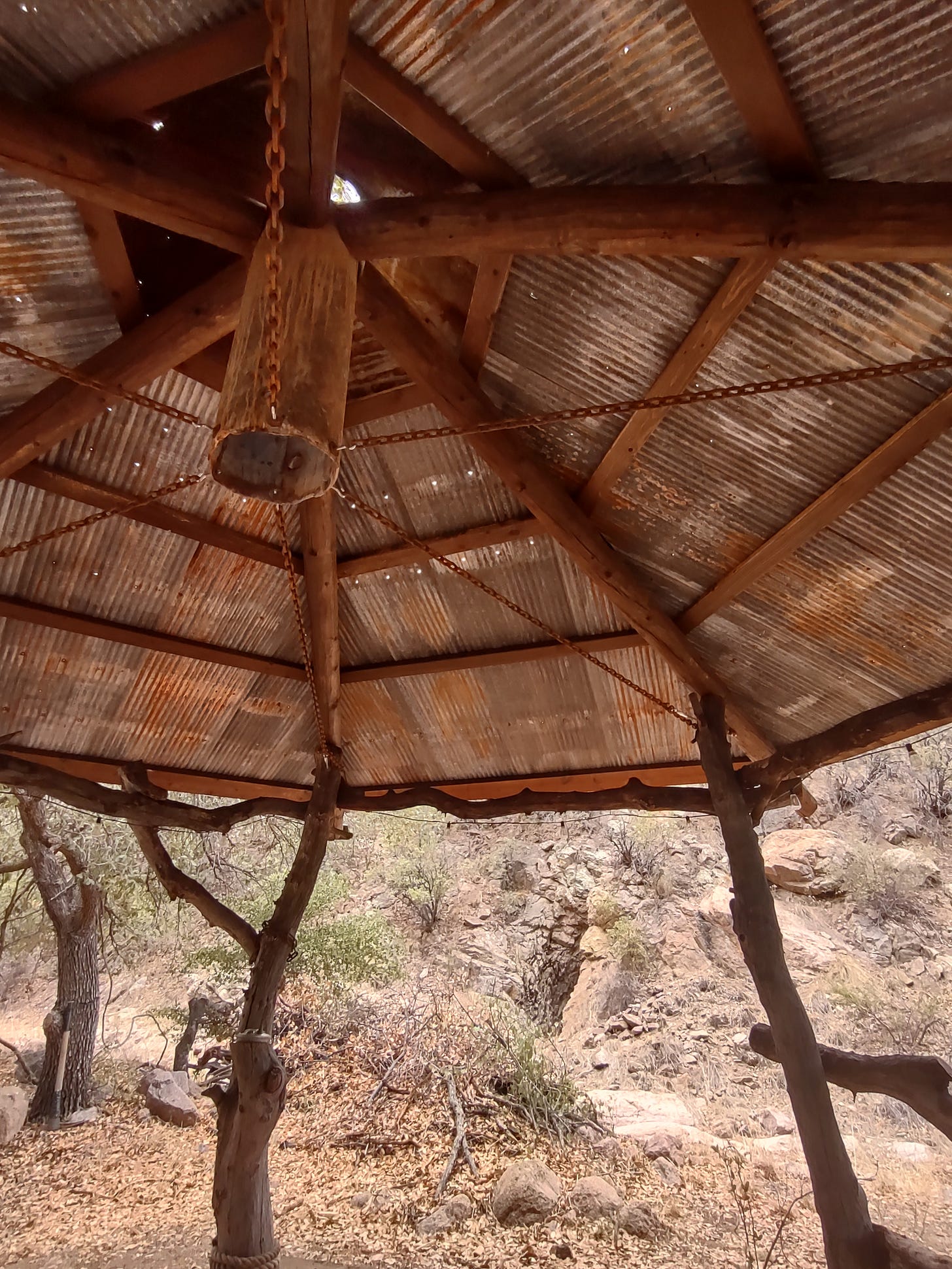
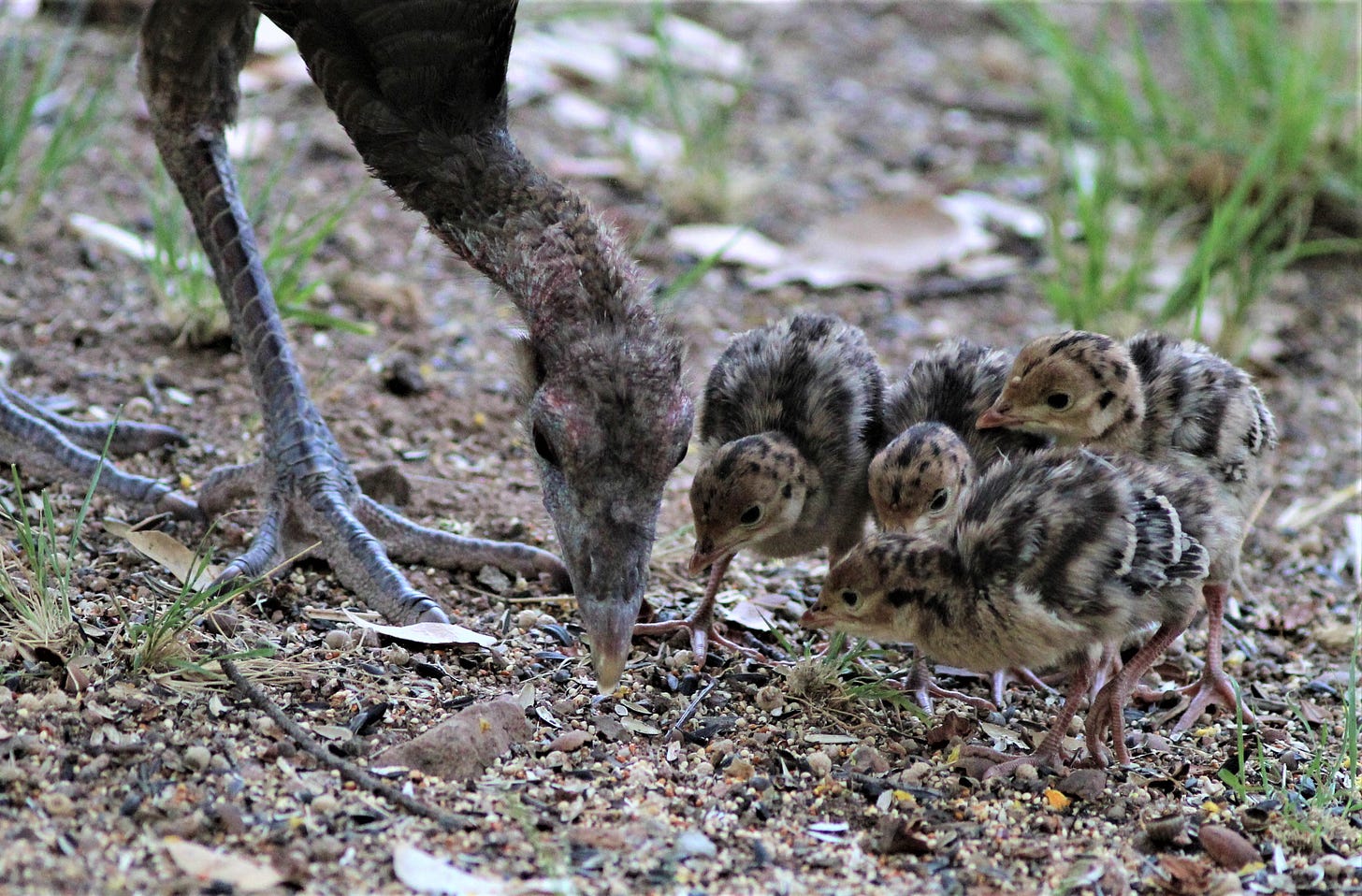
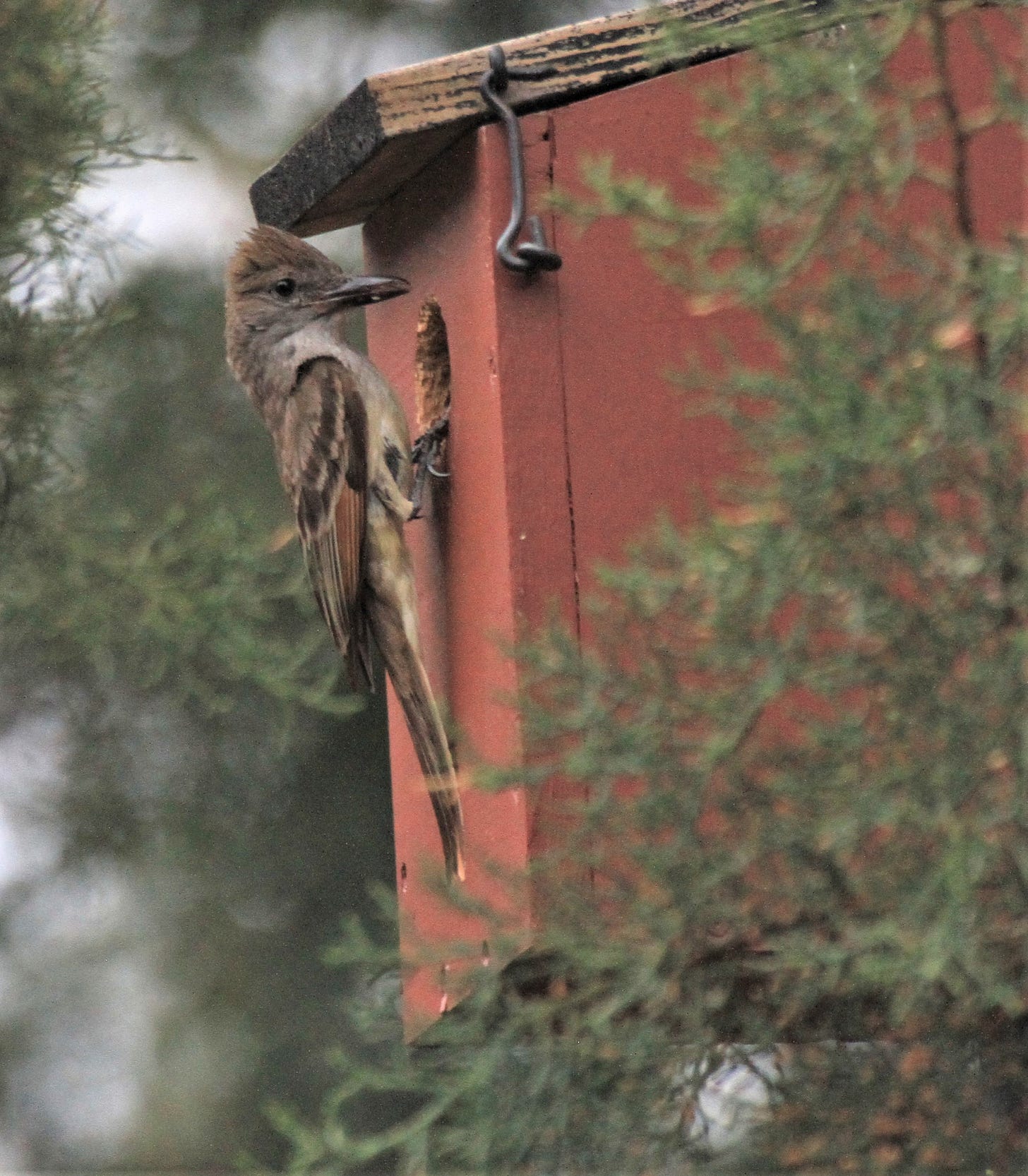
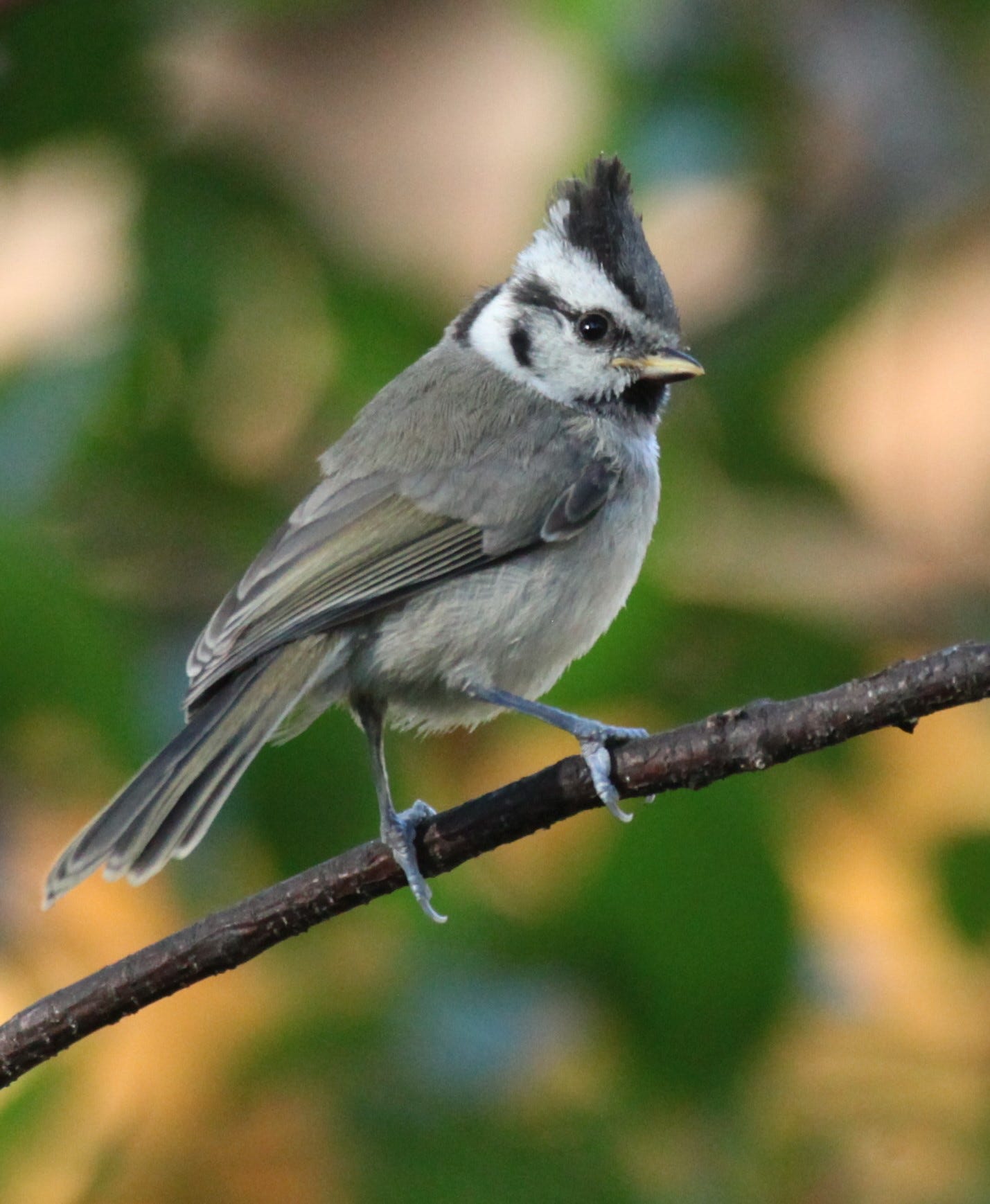
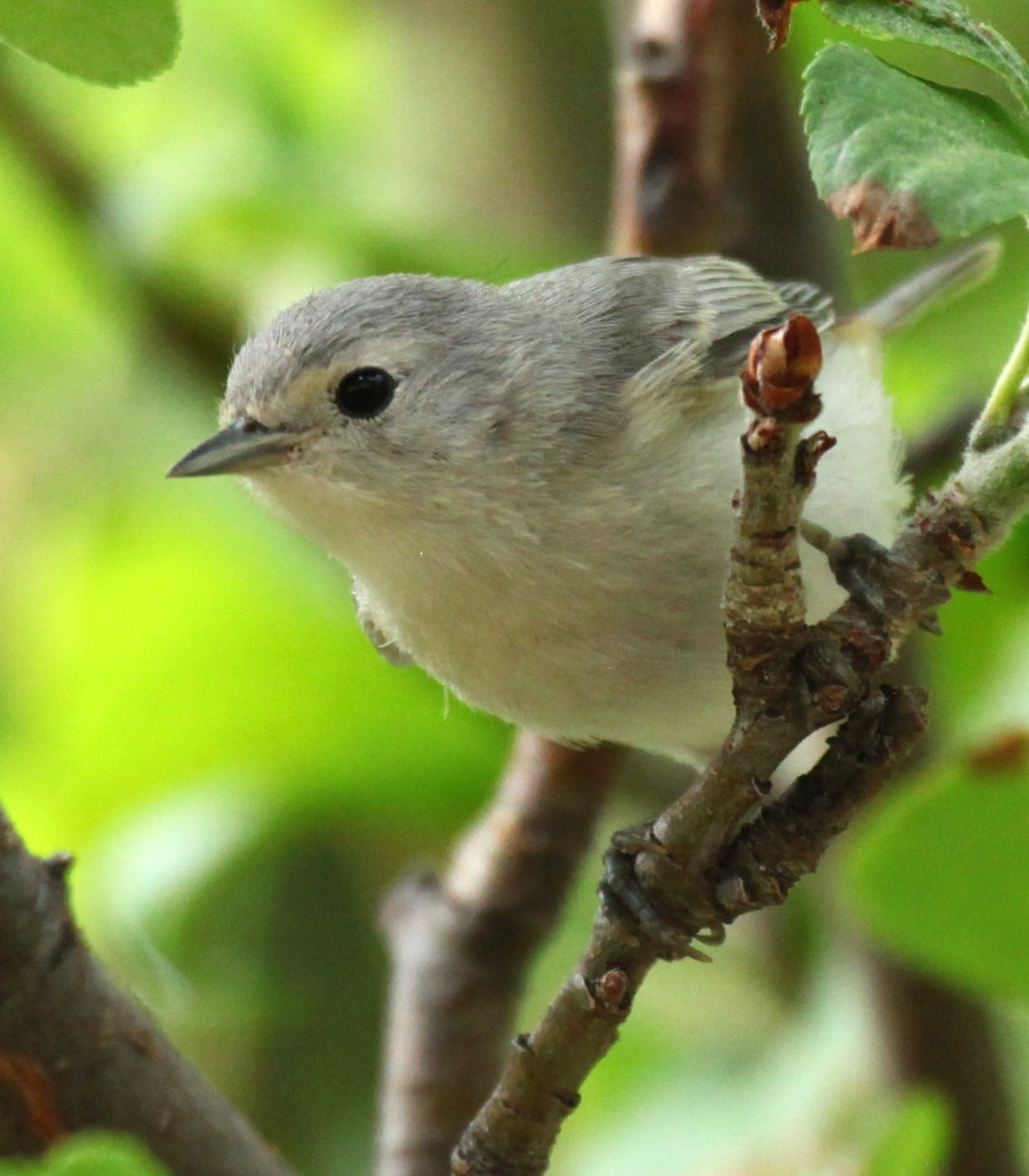
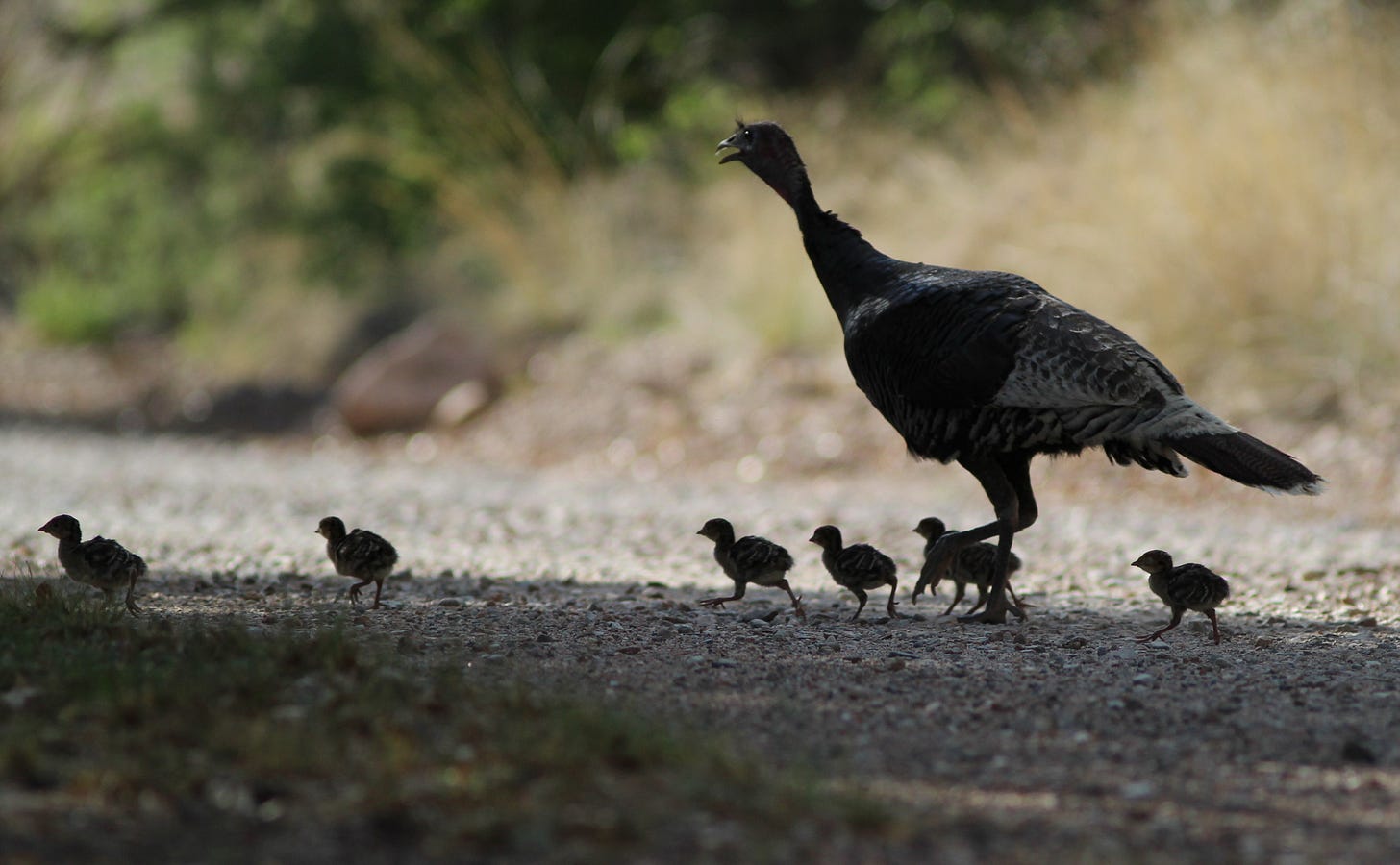
This is a beautifully written post and a joy to read. From my summer farm sit in Arivaca where we've been graced with two fabulous chubascos so far in June, I wish you and the Mules, a good squall or two this season! :)
Who says Arizona doesn’t see the change of seasons? We are in Flagstaff, and the monsoons manifest as light showers every afternoon… so far. Hopefully they bring enough water to dampen the forests and discourage wildfires. Thanks for an excellent post, Ken.